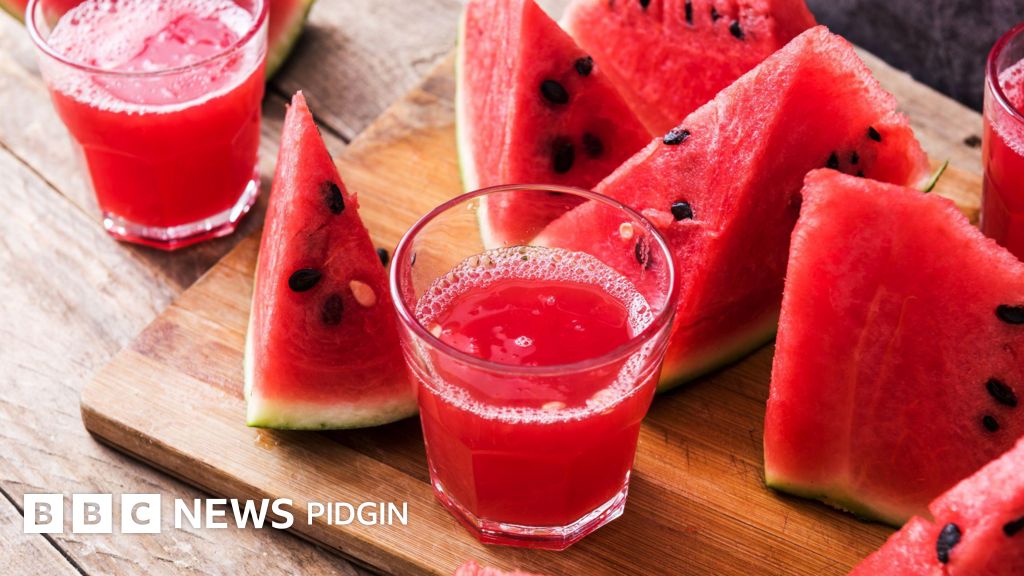Are Nanoplastics a Hidden Threat to Your Health? What Singaporeans Need to Know

We're surrounded by plastic – from our food packaging to our smartphones. But what happens when that plastic breaks down into incredibly tiny particles, so small we can barely see them? Scientists are increasingly concerned about nanoplastics, microscopic fragments of plastic that are showing up everywhere, including our food and drinking water. But what are nanoplastics, and could they be impacting our long-term health?
The Rise of Nanoplastics: A Growing Concern
Nanoplastics are essentially the result of larger plastics degrading over time. Everyday items like plastic bags, bottles, and even synthetic clothing shed tiny pieces as they age and are exposed to environmental factors like sunlight and friction. These pieces continue to break down, eventually reaching a size of less than 100 nanometers – smaller than a human cell!
The sheer volume of plastic waste generated globally means a constant stream of nanoplastics is being released into our environment. Research indicates they're present in our oceans, soil, air, and, worryingly, our food and water supply. This widespread presence is what makes them a growing concern for public health.
How Do We Ingest Nanoplastics?
The pathways for nanoplastic ingestion are numerous. They've been detected in:
- Seafood: Marine organisms ingest nanoplastics, which then move up the food chain. This is particularly concerning for Singaporeans who enjoy seafood.
- Drinking Water: Studies have found nanoplastics in both bottled and tap water.
- Food Packaging: Nanoplastics can leach from plastic packaging into food, especially when heated.
- Air: Airborne nanoplastics can be inhaled.
The Potential Health Impacts: What Are the Risks?
While research into the long-term health effects of nanoplastics is still in its early stages, preliminary findings are raising red flags. Here's what scientists are investigating:
- Inflammation: Nanoplastics can trigger inflammatory responses in the body, potentially contributing to chronic diseases.
- Cellular Damage: These tiny particles can physically damage cells and disrupt their normal function.
- Disruption of the Gut Microbiome: Nanoplastics may alter the balance of bacteria in our gut, impacting digestion and overall health.
- Chemical Exposure: Nanoplastics often carry harmful chemicals absorbed from their environment, further exacerbating potential health risks.
What Can Singaporeans Do?
While completely eliminating nanoplastic exposure is likely impossible, there are steps Singaporeans can take to minimize their risks:
- Reduce Plastic Consumption: Opt for reusable bags, water bottles, and food containers.
- Choose Sustainable Packaging: Look for products packaged in glass, metal, or biodegradable materials.
- Filter Your Water: Consider using a water filter that can remove microplastics.
- Be Mindful of Seafood Choices: Vary your seafood consumption and choose sustainably sourced options.
- Avoid Heating Food in Plastic Containers: Use glass or stainless steel containers instead.
Looking Ahead: The Need for More Research
The potential health impacts of nanoplastics are a serious concern that warrants further investigation. Singaporean researchers and policymakers should prioritize funding research to better understand the risks and develop strategies to mitigate exposure. As awareness grows, we can all play a role in reducing plastic pollution and protecting our long-term health. Staying informed and making conscious choices is the first step towards a healthier future.






